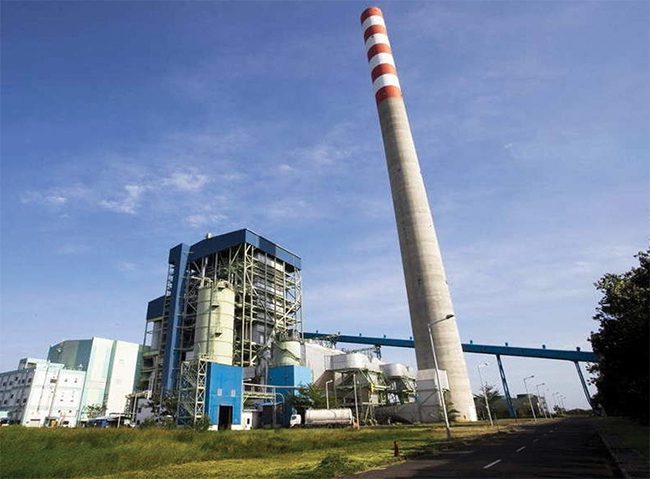Indonesia Outlines Plans for Coal Power, Renewables
Indonesian officials said they would increase their use of renewable energy and move away from coal-fired power generation in order to receive funding from an international public and private decarbonization plan. The country on Nov. 1 published details of how it will transition its energy sector in return for financing from the $20 billion Just Energy Transition Partnership (JETP) plan. The JETP was introduced in 2021 at the COP26 climate meeting in Glasgow, Scotland. The JETP money is supported by countries including the U.S., UK, France, Germany, and other members of the European Union. Canada and Japan also have signed a deal with Indonesia to move the country—which is among the world’s top generators of coal-fired power and a leading exporter of coal—away from the fuel.
 |
|
1. The Cirebon coal-fired power plant in Indonesia was expanded with a second 1,000-MW unit that entered commercial operation in 2022. The first unit at Cirebon, with 660 MW of capacity, came online in 2012. Cirebon 1 is among the facilities being considered for early retirement under the country’s energy transition plan. Courtesy: Cirebon Power |
The JETP is designed to help coal-dependent economies transition to cleaner forms of energy, and do so in a way that addresses the social consequences involved. That includes training and job creation for workers involved in the coal industry, and providing economic opportunities for impacted communities. Indonesia in its roadmap has said it will target deeper reductions in carbon emissions by 2030, cutting those to a peak of 250 million metric tons by 2030, down from a prior cap of 290 million metric tons. That includes the early retirement of some coal-fired units (Figure 1). The country, with the largest economy in Southeast Asia, also will increase its use of renewable energy. The planning document released in November said Indonesia wants to increase the share of renewables in its generation mix to 44% by 2030, up from a previous target of 34%. Indonesia currently receives about half of its electricity from coal-fired generation, according to government data. It receives about 12% of its energy from renewables, mostly hydropower and geothermal.
The JETP model was first tried in South Africa, and has since been trialed in Senegal and Vietnam. Indonesian officials have said they are concerned that the current JETP deal, which includes a mix of financing, would mean the country would incur higher levels of debt. But officials are moving forward with the more ambitious energy targets in their own “Comprehensive Investment and Policy Plan (CIPP),” which they said is not binding. “The CIPP is a living document, which means that this… will be updated on an annual basis,” Edo Mahendra, head of the JETP Indonesia secretariat, said in a statement. Officials said they released the document to allow for public comment ahead of the COP28 climate summit in the United Arab Emirates, which began in Dubai on Nov. 30. Officials said the document published on Nov. 1 does not account for emissions from what it called new “captive” coal-fired plants, which supply electricity for factories and other manufacturing facilities, as opposed to sending power to the grid. Mahendra, though, said his country and others involved in the JETP “share a strong commitment to identifying and implementing viable solutions going forward.”
Indonesian officials have said they will table plans to build new coal-fired power plants, but will continue building facilities already under construction. An August report from Global Energy Monitor said the planned captive coal plants will have a combined generation capacity of 13 GW, accounting for much of the nearly 19 GW of new coal-fired power in the country’s queue.
—Darrell Proctor is a senior associate editor for POWER (@POWERmagazine).